Imagine standing on solid ground, feeling the earth steady beneath your feet, and realizing that just a few dozen kilometers below, an untamed world simmers—a realm of unimaginable heat, crushing pressure, and secrets as old as the planet itself. The Earth’s mantle, cloaked in darkness and mystery, is an underworld that has fascinated scientists, dreamers, and storytellers for centuries. It’s a place we’ll never see with our own eyes, yet its influence shapes the continents, ignites volcanoes, and even creates the very land we walk on. What exactly lies within this enigmatic layer? Let’s embark on a journey into the depths and unravel the secrets of the mantle’s mysterious composition.
The Mantle: Earth’s Hidden Giant

The mantle is truly colossal, making up about 84% of Earth’s total volume. Imagine peeling the planet like an onion—after the thin crust, you hit this immense, rocky layer that stretches down nearly 2,900 kilometers. Its sheer size is difficult to grasp; if Earth were a peach, the mantle would be all the juicy fruit between the thin skin and the hard pit. This vastness means the mantle holds much of Earth’s mass and energy, playing a starring role in everything from plate tectonics to volcanic eruptions. Unlike the crust, which we can touch and sample directly, the mantle is out of reach, and this fuels our curiosity even more.
A Symphony of Minerals: What Is the Mantle Made Of?
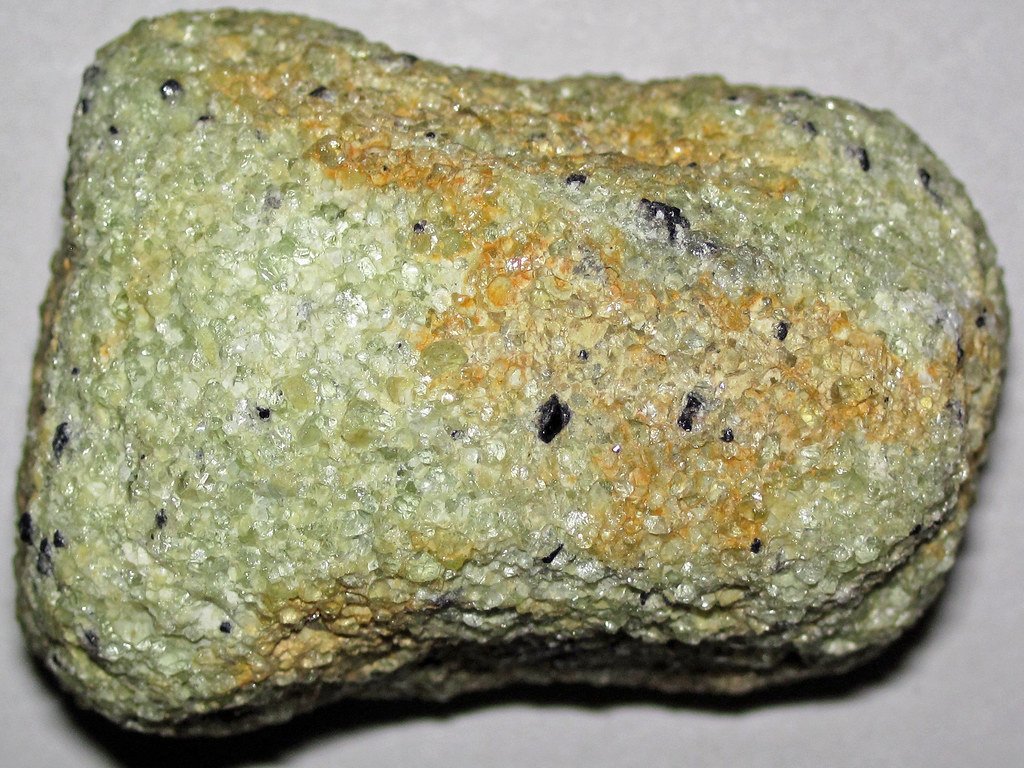
At its core, the mantle is a blend of silicate minerals rich in magnesium and iron, with olivine and pyroxene leading the charge. These minerals are not like the rocks we see on the surface; under intense pressure and heat, they take on new forms—dense, exotic, and sometimes even glowing faintly from heat. Scientists call this high-pressure mixture “peridotite,” a rock that’s rarely found above ground but dominates the mantle below. To picture it, think of a sparkling green gemstone (olivine) locked within a matrix of dense, almost alien stone—a hidden treasure trove beneath our feet.
Extreme Conditions: Heat and Pressure Beyond Imagination

The mantle’s environment is nothing short of hellish. Temperatures soar from about 500°C near the crust to a blistering 4,000°C near the core. The pressure is so intense it would crush any human-made object flat in an instant—over a million times greater than what we feel at sea level. But instead of melting, most of the mantle remains solid because of this overwhelming pressure. It’s a paradoxical world where rock flows like taffy over millions of years, shaping continents and fueling volcanic fury.
Seismic Clues: How Earthquakes Reveal Mantle Mysteries

Since we can’t dig down to the mantle, scientists use earthquakes as a kind of X-ray. When an earthquake shakes the planet, seismic waves shoot through the Earth, changing speed and direction depending on what they pass through. By studying these waves, geologists can map out the mantle’s structure, like doctors peering into a body with ultrasound. These seismic clues have revealed hidden layers, strange “blobs” of different materials, and even hints of ancient oceanic crust buried deep within the mantle—each discovery a new piece in the puzzle.
The Upper Mantle: A Realm of Motion
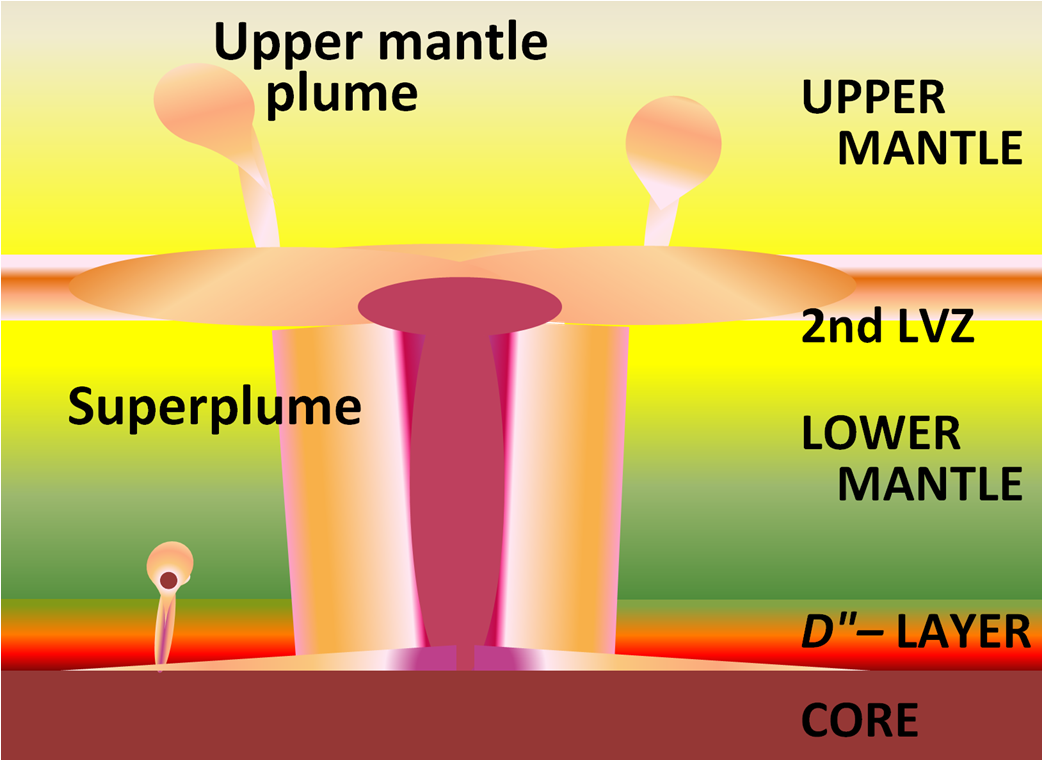
The upper mantle, stretching from the crust down to about 410 kilometers, is where much of the action happens. Here, rocks are hot enough to bend, flow, and slowly churn. This is the engine driving plate tectonics—the slow dance of continents that shapes mountains, rifts, and ocean basins. The upper mantle’s ability to creep and flow is why we have earthquakes, volcanic arcs, and the shifting continents we see on maps today. In a sense, the upper mantle is Earth’s restless heart, always in motion.
The Transition Zone: Nature’s High-Pressure Laboratory
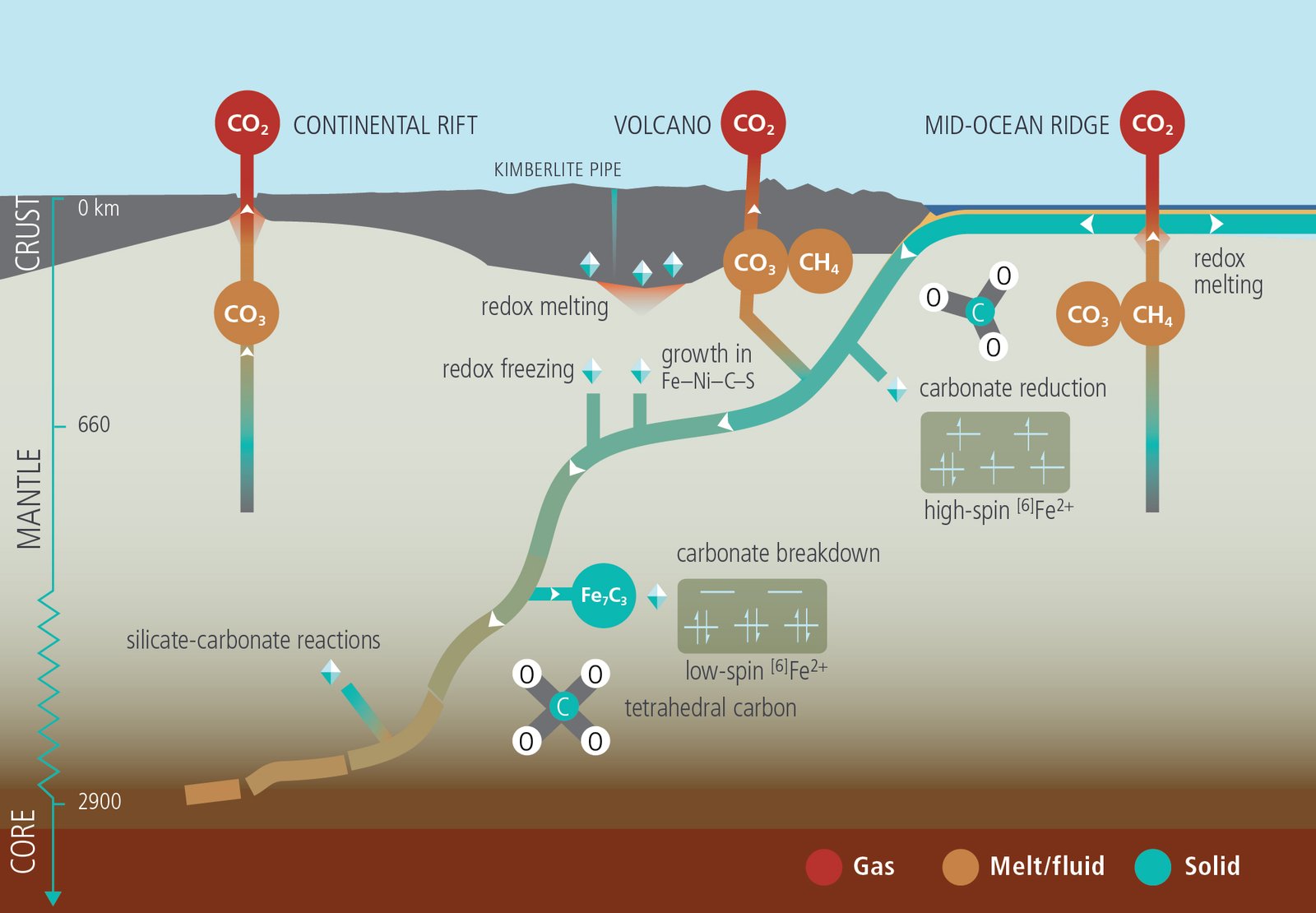
Between 410 and 660 kilometers deep lies the transition zone, a region where minerals undergo dramatic transformations. Olivine, for example, is squeezed so tightly it morphs into new, denser forms called wadsleyite and ringwoodite. This remarkable phase change is like ice turning into water or steam, but at crushing pressures and searing temperatures. The transition zone acts as a kind of gatekeeper, affecting how materials and water move between the upper and lower mantle. It’s a key player in the global water cycle—believe it or not, some scientists think vast amounts of water may be stored here, locked away in minerals.
The Lower Mantle: Deep and Mysterious
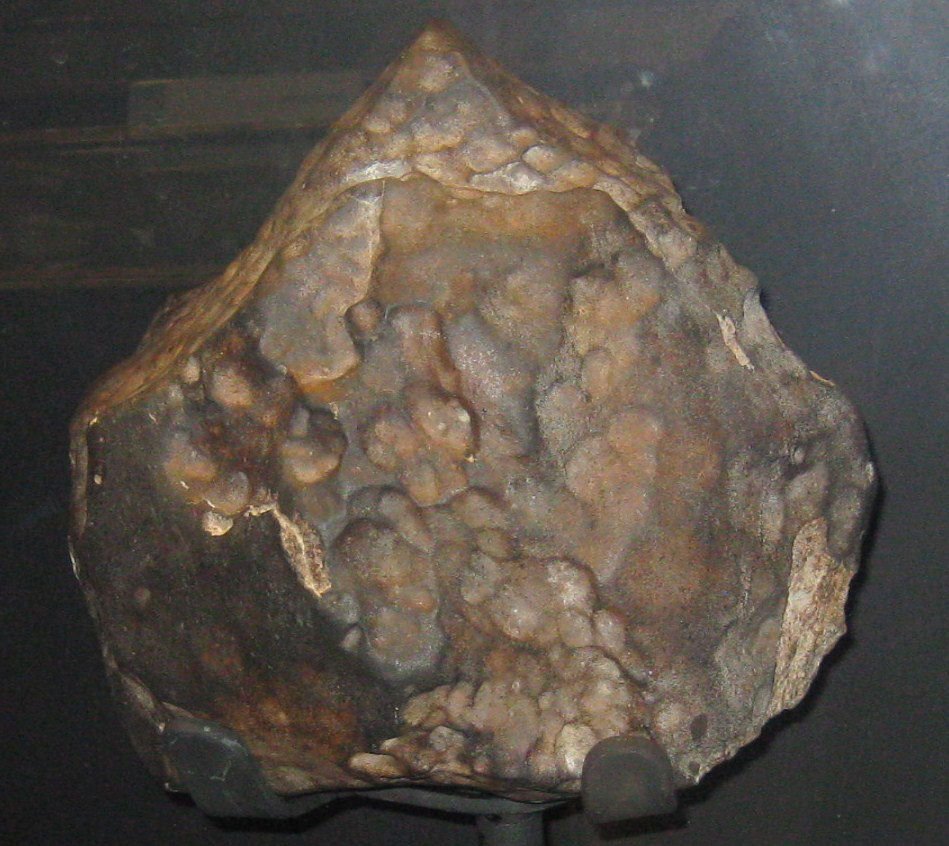
Below the transition zone, the lower mantle extends all the way to the outer core. Here, the pressure is so intense that minerals become even more compact and rigid. The rocks are mostly made of a mineral called bridgmanite, which can withstand almost unimaginable conditions. Despite being solid, the lower mantle slowly convects, carrying heat upward and driving the slow churn that powers our planet’s engine. It’s a place so alien, some scientists compare it to the interior of distant exoplanets.
Mantle Plumes: Earth’s Hotspot Highways

Every so often, hot columns of material called mantle plumes rise from deep within the mantle, punching through the crust to create volcanic hotspots. Hawaii is one famous example—its islands are born from a plume’s relentless heat melting the overlying crust. These plumes are like jets of lava lamp fluid, unpredictably bubbling up and leaving trails of volcanic islands in their wake. They’re responsible for some of Earth’s most dramatic landscapes, and their origins remain one of geology’s greatest mysteries.
Subduction and Recycling: The Mantle’s Conveyor Belt
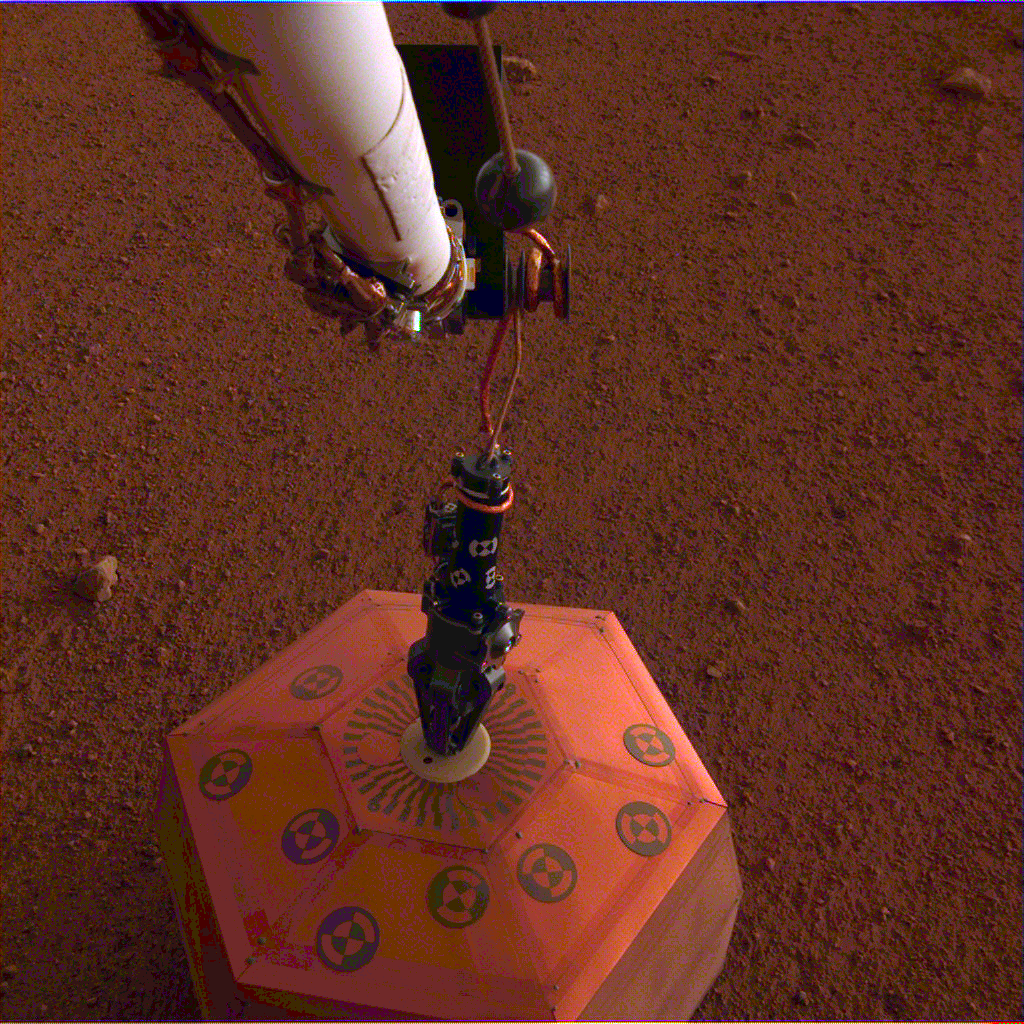
The mantle is never static. As oceanic plates sink back into the Earth at subduction zones, they carry surface materials deep into the mantle, recycling them in a continuous conveyor belt of destruction and creation. This process recycles oceanic crust, brings water and carbon deep underground, and triggers explosive volcanism. Subduction is one of the main ways surface material gets mixed into the mantle, keeping it dynamic and ever-changing.
Diamonds: The Mantle’s Hidden Gems

Diamonds, those glittering symbols of luxury, are born deep within the mantle under crushing pressures and scorching temperatures. When ancient volcanic eruptions called kimberlite blasts bring them to the surface, they carry with them tiny snapshots of the deep Earth. Some diamonds contain microscopic inclusions—little pockets of mantle minerals—offering scientists a rare and priceless peek into the mantle’s hidden chemistry. Each diamond is a time capsule, holding clues to the planet’s distant past.
Xenoliths: Mantle Rocks on the Surface
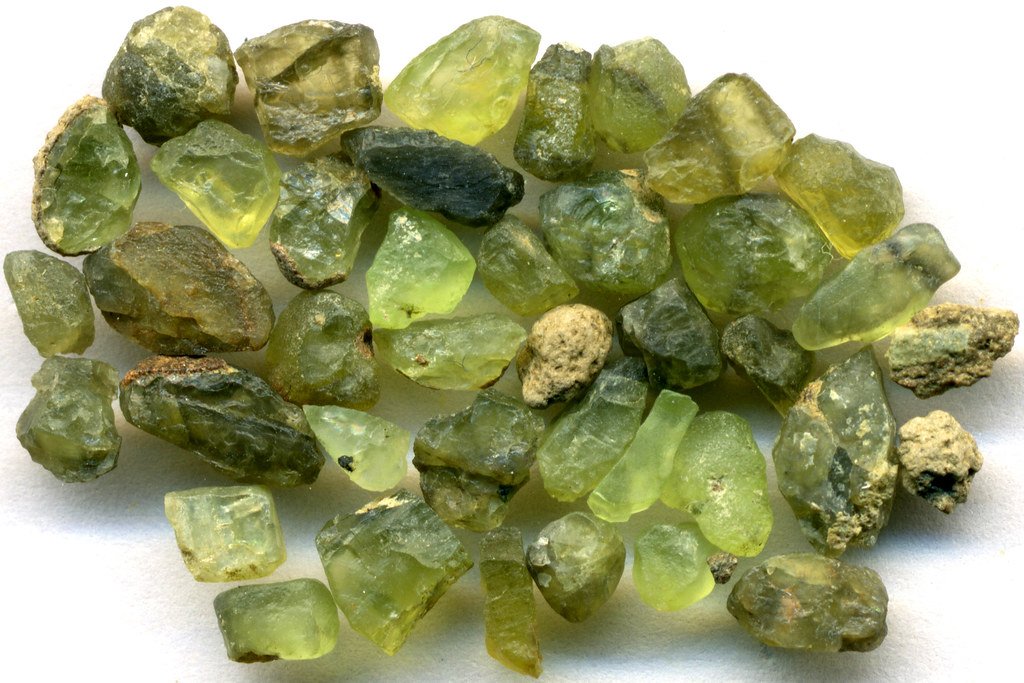
Occasionally, volcanic eruptions tear pieces of the mantle loose and fling them to the surface—these fragments are called xenoliths. They’re like postcards from the underworld, giving geologists direct samples of mantle rocks. By analyzing xenoliths, scientists have learned about the mantle’s composition, discovered new minerals, and even identified ancient tectonic events. Each xenolith is a tangible piece of a world most of us will never visit.
The Mystery of Water in the Mantle
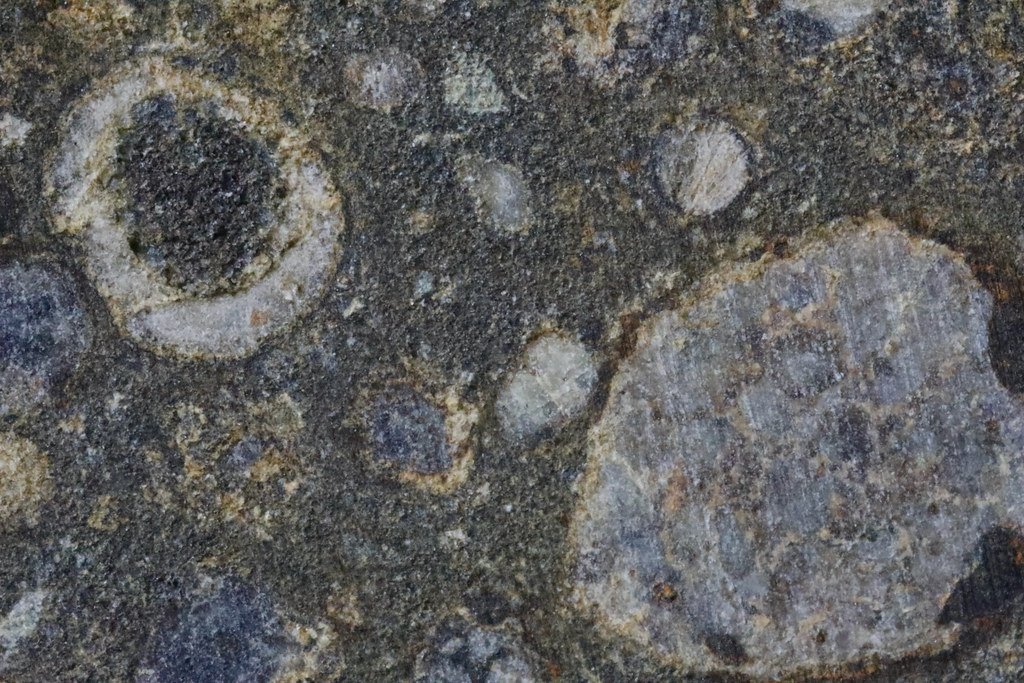
It may sound bizarre, but the deep mantle might hold more water than all the Earth’s oceans combined—not as liquid, but trapped within minerals. This hidden water could explain why some volcanic eruptions are so explosive and help drive the movement of tectonic plates. Recent discoveries of ringwoodite containing water molecules have rocked the scientific world, suggesting that our planet’s deep interior is wetter than anyone imagined. This “invisible ocean” could profoundly impact everything from the water cycle to the emergence of life itself.
Isotopic Signatures: Tracing the Mantle’s History
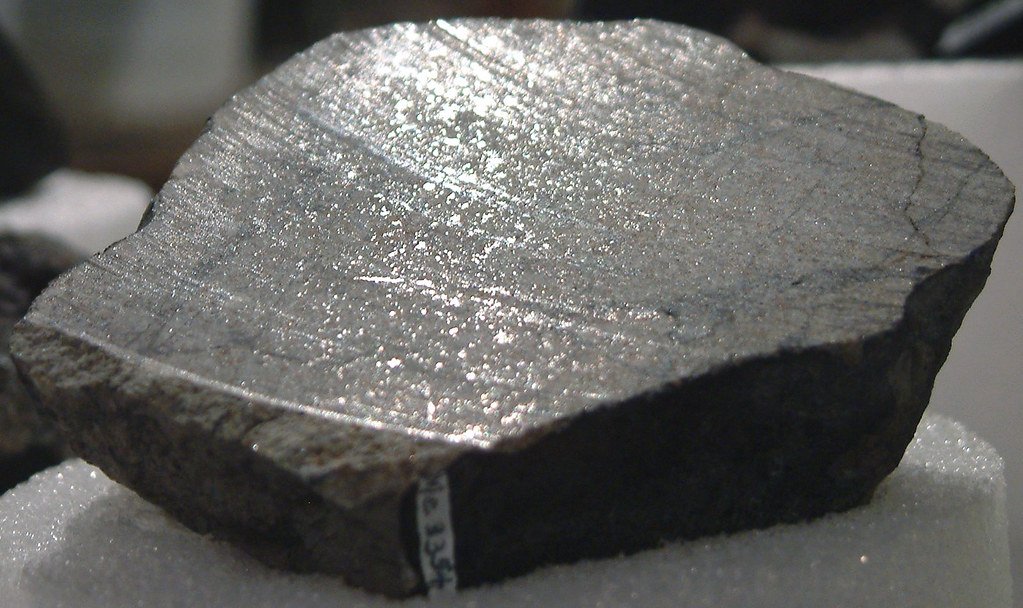
By analyzing isotopes—tiny variations in atoms—scientists can trace the history and origins of mantle materials. These isotopic fingerprints reveal stories of ancient continents, sunken crust, and chemical exchanges over billions of years. For example, the presence of certain helium and neodymium isotopes suggests that parts of the mantle are ancient, unchanged since Earth’s formation, while others are more recently recycled. It’s like reading the autobiography of the planet, written in atomic ink.
The Mantle’s Role in Volcanism

Volcanoes are the mantle’s loudest voice, erupting spectacularly and reshaping the landscape. Magma, formed when mantle rocks partially melt, rises through cracks and feeds eruptions around the world. Some of the most violent eruptions in history—like Krakatoa or Mount St. Helens—are direct expressions of the mantle’s power. The chemistry of this magma tells scientists about the source rocks and the processes deep underground, making every eruption a scientific goldmine.
Technological Frontiers: Probing the Mantle
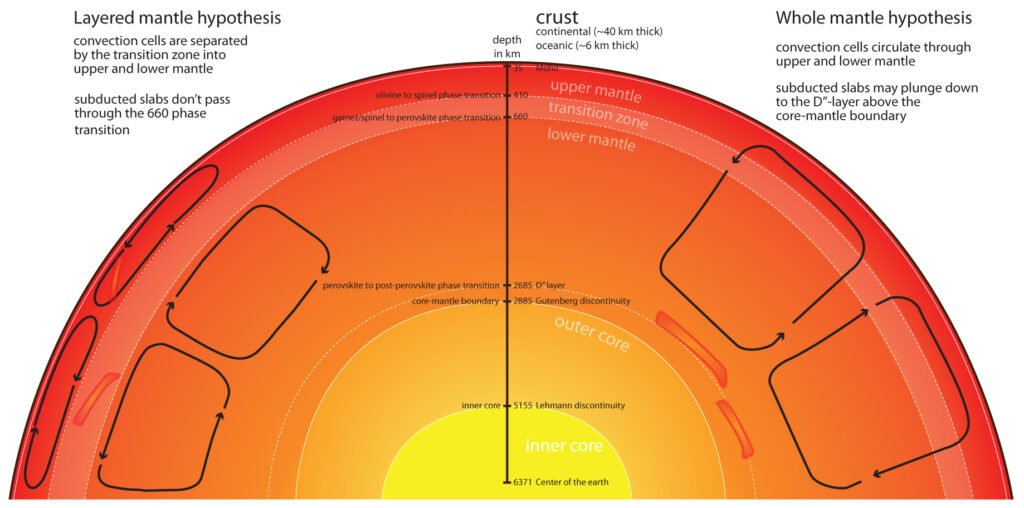
Advances in technology have revolutionized how we study the mantle. Supercomputers now simulate mantle convection, seismic tomography creates 3D maps of its structure, and high-pressure laboratories replicate mantle conditions. These breakthroughs have shattered old assumptions and opened new frontiers, revealing a world more complex than anyone dreamed. Instruments sensitive enough to detect the faintest seismic whisper are now uncovering features as small as mountain ranges, hidden deep within the Earth.
The Mantle and Earth’s Magnetic Field

While the core is the main engine of Earth’s magnetic field, the mantle plays a subtle but crucial supporting role. Its composition and flow affect the heat transfer between core and crust, influencing how the magnetic field is generated and maintained. The mantle’s ability to conduct heat and possibly even small amounts of electricity means it is not just a passive layer, but an active participant in protecting our planet from solar radiation. This shield is vital for life, making the mantle’s secrets even more important.
The Unanswered Mysteries: What Lies Ahead?

For all we’ve learned, the mantle remains a realm of tantalizing questions. What unknown minerals lurk in its depths? Are there vast reservoirs of water, carbon, or even life? Could the mantle’s dynamics one day help us predict earthquakes or volcanic eruptions with pinpoint accuracy? Every new discovery opens a dozen more questions, reminding us that the underworld beneath our feet is as mysterious as the farthest reaches of space. The quest to understand Earth’s mantle is far from over, and the next revelation may change everything we know about our planet.




